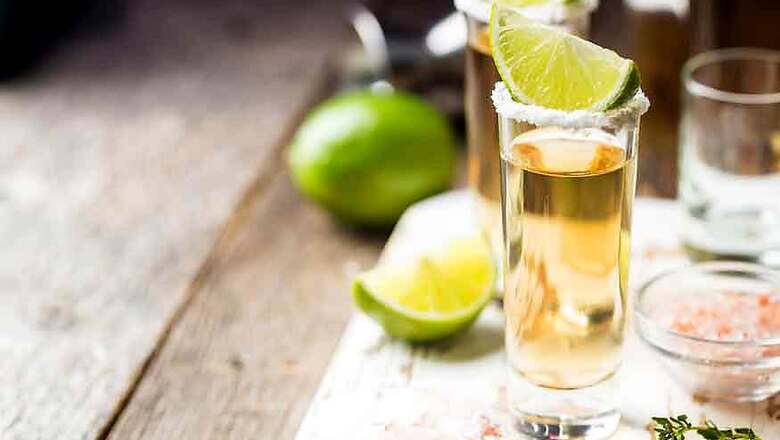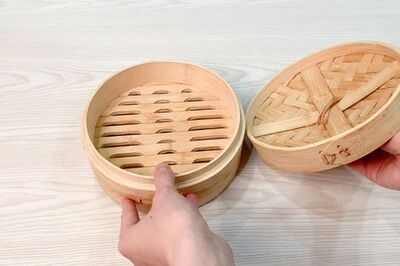
views
Taking a dive in the world of Tequila is a ritual of chasing a shot with salt and lemon. But sad, to begin with, you don’t even know how to pick from the assortment of tequilas that adorn the shelf behind the smiling barman.
This time, we are learning how to read the fine writing on a tequila label.
Before that, a bit of tequila history.
Even many centuries ago, the natives of Mexico knew how to make an interesting drink from a fruit that is rampantly found in their land. All they had to do was to tap the blue agave plant until it yields a sort of honey water from its fruit. They fermented it to make pulque and were content with its mild alcohol for long.
Come Spanish conquest and everything changed forever. The new distillation techniques that the conquistadors brought in, changed the very nature and structure of the agave toddy. Now what the natives had in their land a new and potent drink - tequila!
Well, now we are back to the label business. How to read from the writings on a tequila bottle?
All tequilas must have 35-55% alcohol, made both from agave and blue agave (the latter being supreme, cultivated for making tequila). First let us check the bottle to see its alcohol content. And also about its ingredients. Regular tequila is a mixto. You’ll find 51% blue agave and 49% other sugars. Mixtos are used to flourish cocktails like Bloody Mary and margaritas. But if you have a lot of money, try to get a 100% blue agave tequila bottled in Mexico. It may burn your pocket, but still you can brag about it all your life to the tequila nerds out there.
If you see the word ‘Blanco’ on the label, then you have the white or silver tequila in your hand. It doesn’t matter whether it is 100% agave or not, but a Blanco has never seen the insides of a barrel or a cask. Without any ageing, it takes no colour, hence is white, and forms the entry-level tequilas. Since, blancos are bottled right after distillation it keeps the flavour of agave, intact. Some people like the fruit more than the drink.
'Gold tequila' or the' young', is neither a blanco nor a reposado (we will deal with that soon). The gold colour of the drink may strike your eyes, but don’t be cheated, it also has never seen an oak barrel; the colour comes from added caramel. Since additional ingredients are present, the gold tequila can never claim it as 100% blue agave.
That doesn't make it inferior. Popular brands like Cuervo Gold belong to this category of tequilas and are mostly used in margaritas and bloody mary.
Reposado or rested tequila comes next. Sitting anywhere between two months to a year inside white oaks or barrels, reposados take in a bit of the wood making the drink mellower. Smoother than the blanco and the gold, Reposado is a much sought after version of tequila.
But if you want it mellower, try the anejo or the aged tequila which sits a minimum one year inside oak.
You may ask, if life inside the barrel makes tequila more perfect, why should they take it out after one year, two years, three years! Good question. Well, it is true that the more you age the drink, the mellower, the classier, and the yummier, the drinks turns out to be. But there is a catch in it. While the drink sits inside the barrel taking in the flavours of wood, it slowly forgets its source, the agave fruit. The subtle and complex flavours of the fruit recede far beyond recognition after some point. The final drink tastes almost like good quality Scotch or Cognac.
To know that try the Ultra Premium or Reserve tequilas. The latter boasts of 8 years of secluded life inside a barrel before it gets bottled. Price-wise they are the Lambourginis in the world of tequila.
So read the fine print on a tequila label before you make the big order.
(Manu Remakant is a freelance writer who also runs a video blog - A Cup of Kavitha - introducing world poetry to Malayalees. Views expressed here are personal)



















Comments
0 comment